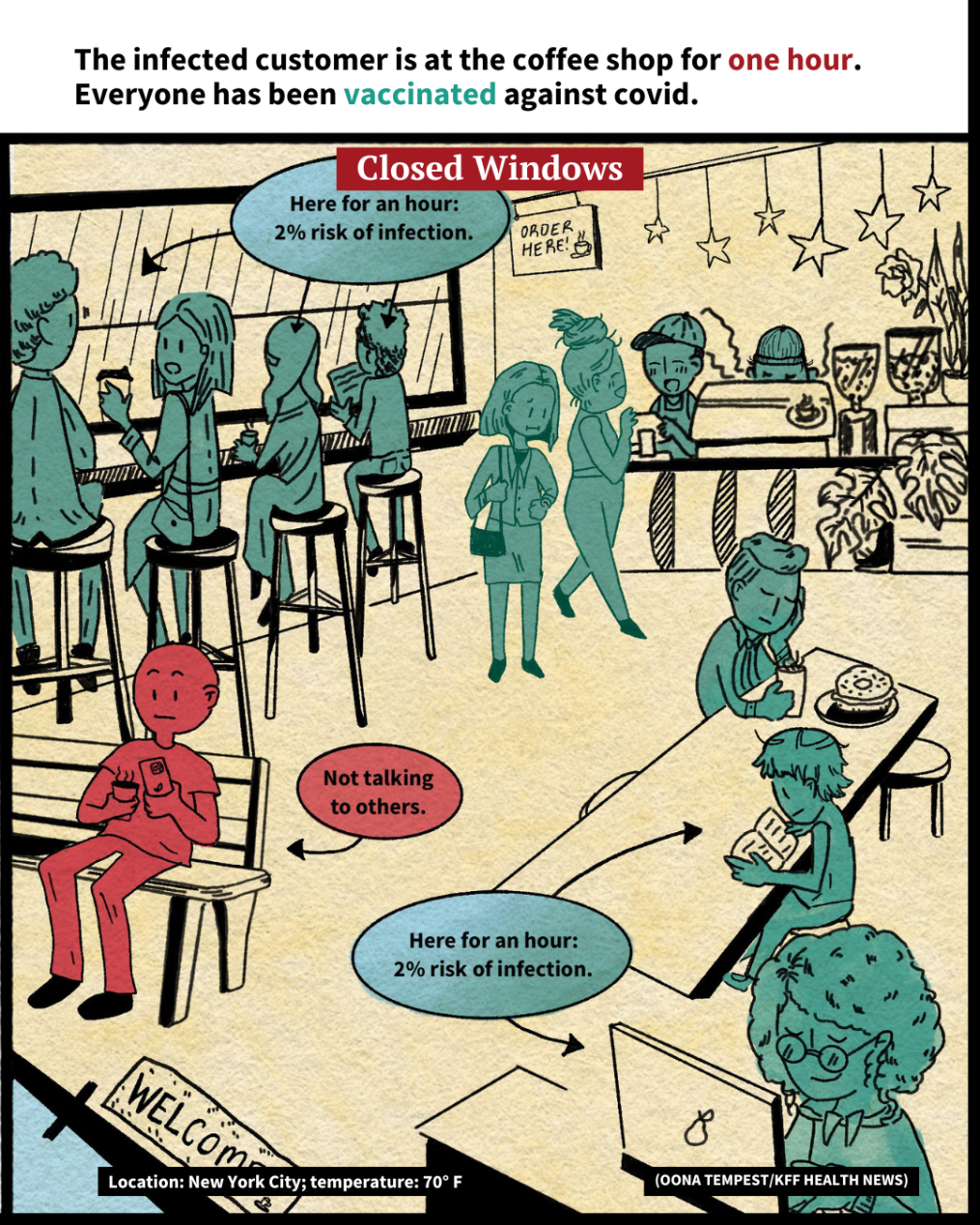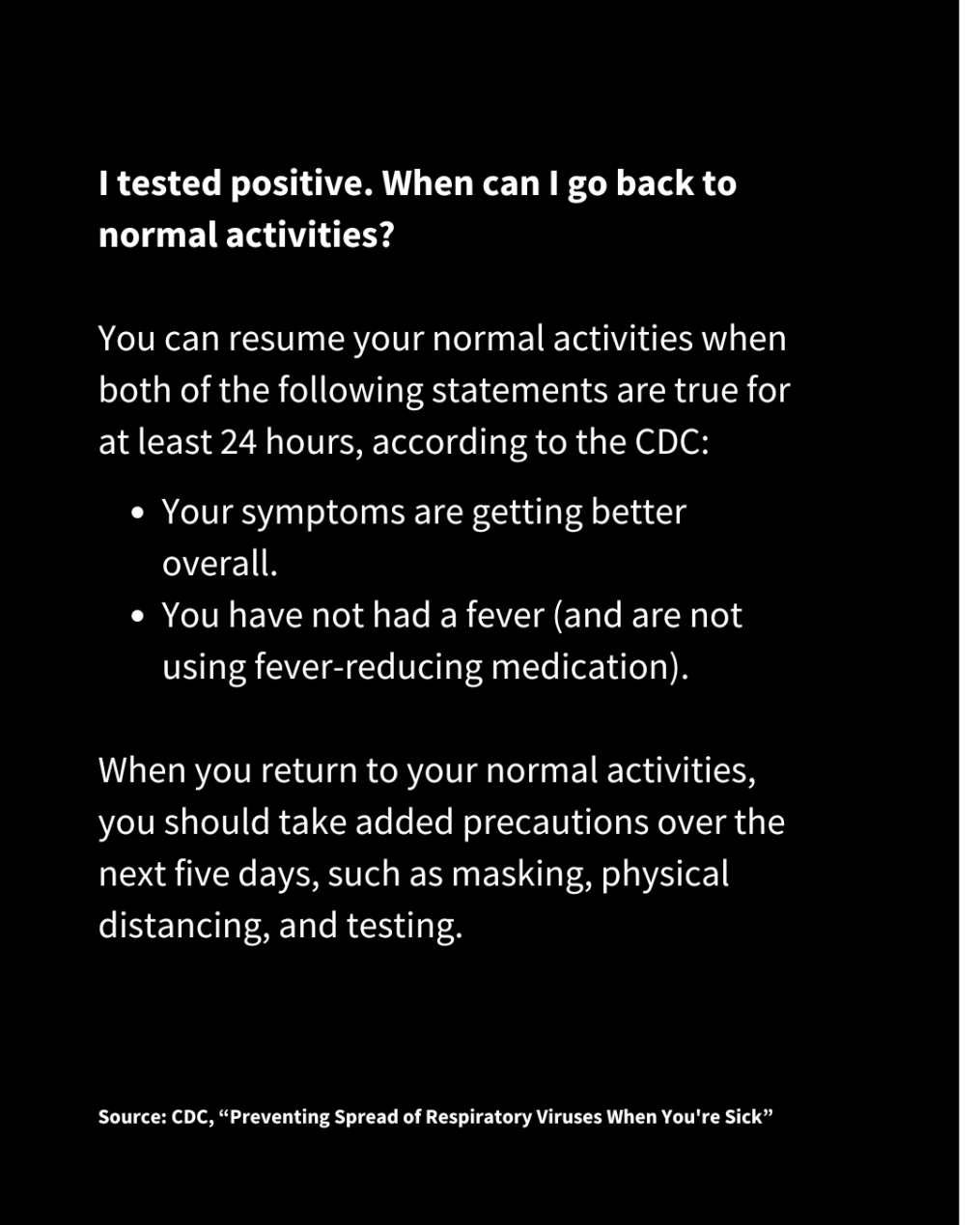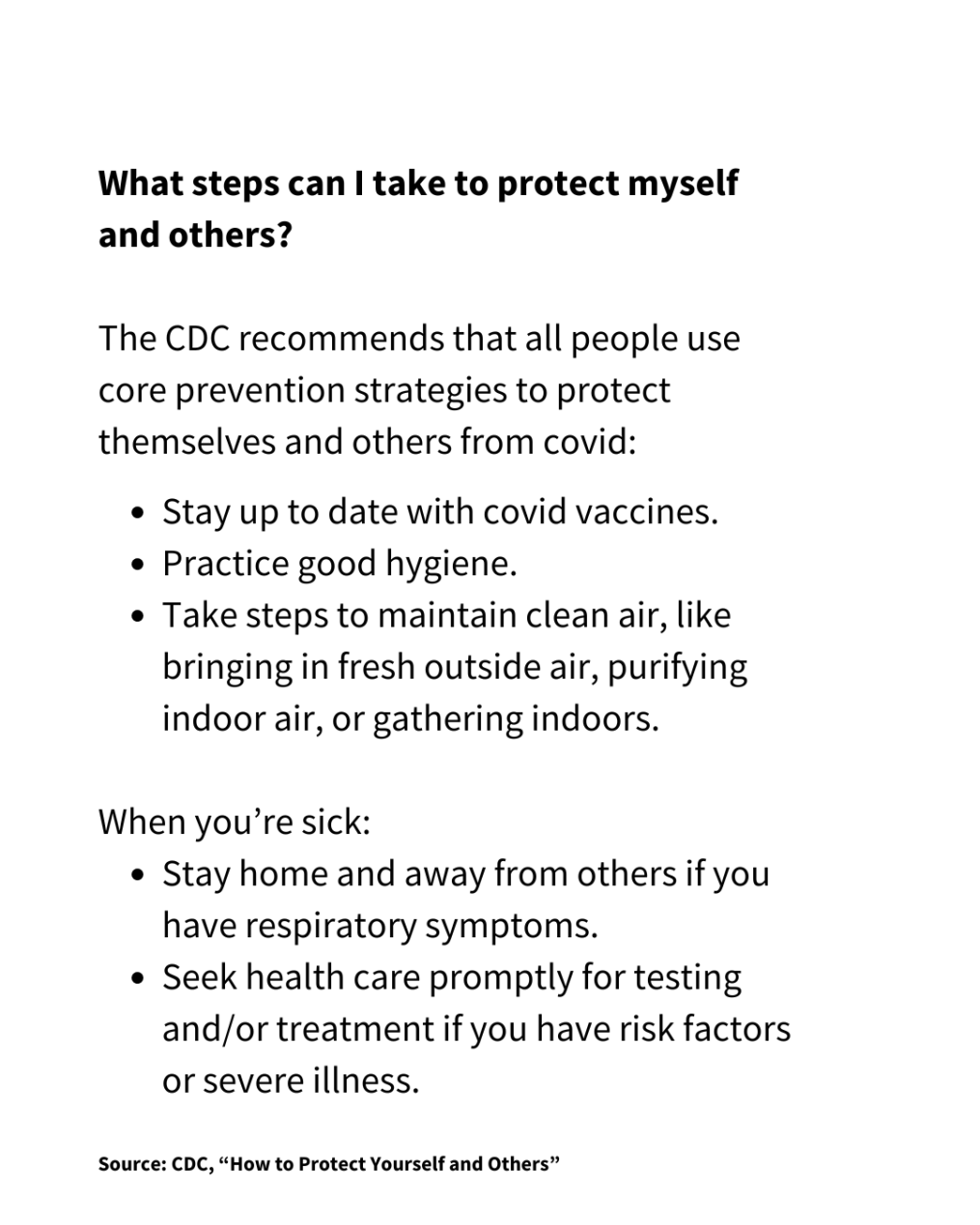President Joe Biden tested positive for covid-19 last week, but his symptoms were reportedly mild. With covid still circulating and putting Americans at risk, KFF Health News reviews the latest safety guidelines from the Centers for Disease Control and Prevention.










This slide presentation first appeared on KFF Health News’ Instagram account. Click here to follow us on Instagram for more health policy news.
Note: This article have been indexed to our site. We do not claim legitimacy, ownership or copyright of any of the content above. To see the article at original source Click Here













